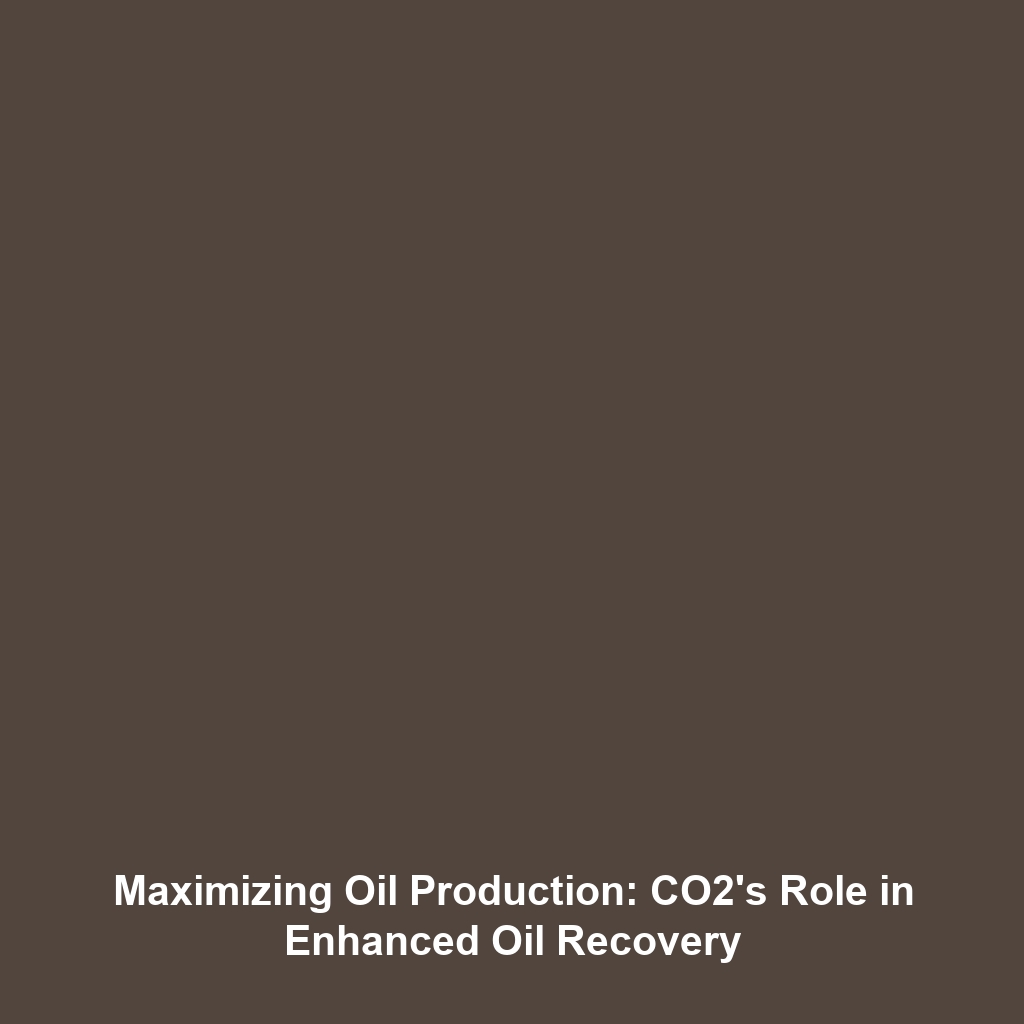Advancing Carbon Capture & Storage (CCS) through International Cooperation
Introduction
The urgency of addressing climate change has prompted a global focus on sustainable technologies, among which Carbon Capture & Storage (CCS) stands out as a pivotal solution.
International cooperation and agreements are essential for advancing CCS, particularly in developing countries that rely heavily on fossil fuels for economic growth.
Such collaboration not only enhances technical expertise but also facilitates the transfer of funding and innovative technologies necessary to implement CCS effectively in these regions.
Key Concepts
The Role of International Cooperation
International cooperation refers to collaborative agreements between nations to achieve common goals, particularly in the realm of environmental sustainability. In the context of
Carbon Capture & Storage (CCS), cooperation allows for shared research, technology transfer, and policy alignment. Key principles include:
- Technology Sharing: Developing countries benefit from access to advanced CCS technologies developed by more industrialized nations.
- Financial Support: International agreements may involve funding arrangements that assist countries in implementing CCS projects.
- Knowledge Exchange: Collaborative research initiatives help disseminate best practices and innovative methodologies for effective CCS deployment.
Applications and Real-World Uses
International cooperation and agreements play a crucial role in practical applications of CCS technology, especially in developing countries that rely on fossil fuels.
Some notable applications include:
- Enhanced Oil Recovery (EOR): Many developing nations utilize CCS in conjunction with EOR, allowing for the commercial viability of capturing carbon emissions while boosting oil production.
- Industrial Emission Reduction: Participating countries can implement CCS technology in heavy industries to curtail emissions from coal and gas plants.
- Research and Pilot Projects: Support from international partnerships can foster pilot projects to demonstrate the feasibility of CCS in diverse settings.
Current Challenges
Despite the promise of CCS as a climate solution, there are several challenges to its implementation in developing countries:
- High Initial Costs: The setup costs for CCS technology can be prohibitive, necessitating international funding and support.
- Lack of Infrastructure: Many developing nations lack the necessary infrastructure to transport and store captured carbon effectively.
- Policy and Regulation: Inconsistent policies across borders may hinder collaborative efforts, creating barriers to effective CCS deployment.
Future Research and Innovations
Looking ahead, innovations in CCS technology hold significant promise for overcoming existing barriers. Upcoming research is focused on:
- Technological Breakthroughs: Developing more cost-effective and efficient methods for capturing and storing carbon.
- New Materials: Research into alternative materials for carbon capture that may lower costs and improve efficiency.
- Policy Frameworks: Developing comprehensive international agreements that provide a robust foundation for CCS initiatives globally.
Conclusion
The advancement of Carbon Capture & Storage (CCS) technologies is crucial for mitigating climate change, particularly in developing countries that continue to rely on fossil fuels.
International cooperation and agreements stand as cornerstones for achieving effective CCS implementation, enabling technology transfer, funding, and valuable knowledge exchange.
It is imperative for global stakeholders to prioritize these collaborative efforts to foster a sustainable future. For further insights on CCS, explore our related articles on CCS Technologies and Sustainability Initiatives.







